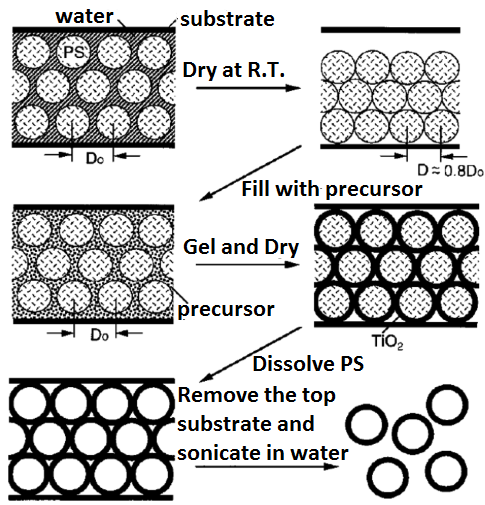
Downloads
Critical Review on Synthetic Routes and Catalytic Applications of Hollow Nanomaterials
Authors
Abstract
The significant trend for the improvement of material’s performance is increasing of their surface area, pore volume and surface to volume ratio. That leads huge attention from various fields and scientists. Hollow nanomaterials are unique materials to evolve because of special attributions like surface area as these materials have wide surfaces than their solid counterparts. Synthesis of hollow nanomaterials (HNMs) is very challenging and important in the grown era of industrialization. The common synthetic strategies are hard-template, self-template, soft template, template free and simple methods. The characterization tools are scanning electron microscopy (SEM) and transmission electron microscopy (TEM). Hollow nanomaterials have wide range applications in catalysis, sensors, lithium ion batteries, water treatment, drug delivery, nanoreactors and dye sensitized solar cells etc. Herein we had summarized the strategies for preparation of HNMs and their applications.



